Pizza is one of Italy’s most iconic dishes — but not all pizzas are created equal. Here, we compare Neapolitan pizza and Roman pizza so you know exactly why each bite tells a different story.
Table of Contents
Neapolitan vs Roman Pizza: The Differences That Make All the Flavor
These two pizzas offer distinct experiences — texture, baking, toppings, and how you eat them. The dough makes all the difference: it defines the crunch, the softness, and even how the flavors explode in your mouth.
We’ll dive into the origin, dough, baking methods, and serving styles so you can stylishly explain what really sets them apart. Ready?
1. Origins & History: Naples vs Rome

The Neapolitan pizza traces its roots to Naples in the 18th century. Considered a local art form, it earned protected status with the Vera Pizza Napoletana designation, enforcing strict rules for dough, ingredients, and baking.
For Neapolitans, pizza isn’t just a dish — it’s a family story, a gesture repeated for generations. Every batch tells a tale.

Roman pizza, on the other hand, developed mostly in the 20th century. It reflects Rome’s pace: quick, practical, and often eaten by the slice. You’ll often find it in rectangular form, cut for takeout or street snacking.
In a Roman pizzeria I visited one morning, I saw staff slicing pizza by the piece and serving it to busy locals. Some customers came every day, chatting with the pizzaiolo as if they were family. Roman pizza isn’t just fast — it’s become a social link, a way to share a convivial moment while racing against time.
Also read: The Real Italian Carbonara Recipe
2. The Dough: Soft vs Thin & Consistent
The real game-changer is in the dough.
- Neapolitan pizza: long-fermented dough (up to 24 hours) — thin center, puffy edges (the cornicione). Ultra-fast wood-fired baking: slightly charred outside, airy inside.
- Roman pizza: thinner, evenly thick dough, often rectangular. Slower baking in an electric or gas oven, producing a crispy exterior and tender interior, perfect for eating by the slice.
Pro tip: always let your dough rest enough, even if you’re in a hurry. In Italy, pizzaiolos will tell you patience is key for light, airy texture. For you, my friend, respecting rising times changes everything: well-fermented dough brings softness and richer flavor.
3. Baking Techniques: Wood Oven vs Electric Oven
Temperature and equipment completely transform the texture.
- Neapolitan: very hot wood-fired oven (~450°C / 850°F) — 60–90 seconds baking. The fire shapes the dough: bubbles, small charred spots, full of character.
- Roman: electric/gas oven at lower temperature (~300–350°C / 570–660°F) — longer bake for evenly crispy dough, perfect for on-the-go eating.
The oven makes or breaks a pizza. In Naples, the wood-fired oven is king. Flames lick the crust, sending the cornicione puffing up like a golden cloud. Sixty to ninety seconds is all it takes — the outside charred just enough, the inside meltingly soft. You can almost hear it crackle as it’s pulled from the fire, smell the smoky aroma mingling with fresh basil and tomato.
Rome takes a different rhythm. Electric or gas ovens work slower, at lower heat, producing a uniformly crispy base. Perfect for by-the-slice eating, the dough stays tender inside while giving a satisfying crunch on the edges.
For Italians, the oven isn’t just a tool — it’s a collaborator. They watch, adjust, feel the dough, and sometimes whisper encouragement to it. Every pizza baked this way carries personality, tradition, and a little bit of magic in each bite.

Discover Our Best Traditional Italian Recipes!
Want to impress your friends and leave a lasting impression? Elevate your Italian meals by exploring recipes you’ve never tasted before. Our practical, delicious selection will amaze your guests.
Discover our top recipes and leave your guests speechless4. Ingredients & Toppings: Simplicity vs Creativity

- Neapolitan Pizza: Focuses on simplicity. Classic, high-quality toppings: Margherita (San Marzano tomatoes, buffalo mozzarella, fresh basil) or Marinara (tomato, garlic, oregano, olive oil). The emphasis is on freshness and balanced flavors.
- Roman Pizza: More creative and varied. Recipes like pizza alla carbonara or pizza bianca showcase this freedom. It can include meats, grilled vegetables, assorted cheeses, and bold sauces for surprising and flavorful combinations.
The tip is simple: prioritize ripe tomatoes, fresh cheeses, and fragrant herbs. Even a simple pizza becomes exceptional when every ingredient is carefully chosen. Feel free to experiment with new toppings, but always keep the flavor balance in mind.
Also read: The Neapolitan Pizza "Margherita" Recipe
5. Size & Format: Individual vs By-the-Slice
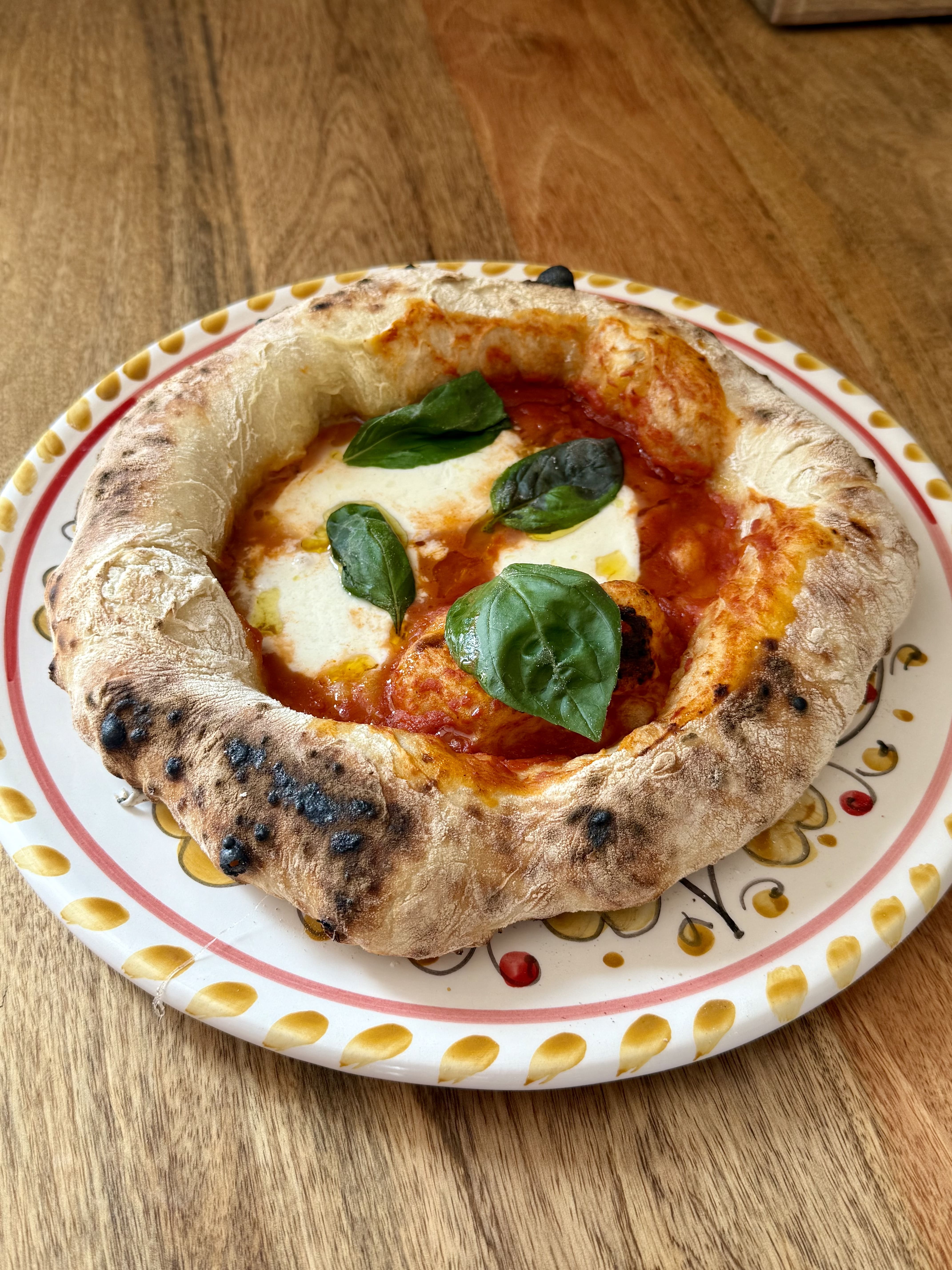
- Neapolitan Pizza: Served individually, perfect for one person. Thin center, soft edges—ideal for savoring slowly with a glass of wine or beer.
Also read: Top 10 Must-Try Italian Wines
- Roman Pizza: Sold by the slice, often on large rectangular trays. Perfect for sharing or a quick meal on the go. You can mix toppings according to your cravings.
What strikes you in Rome is the variety of formats. Italians adapt pizza to the time of day: small and individual for a relaxed meal, or by-the-slice for a quick street snack. Practical tip: choose the format depending on the occasion. Making several small pizzas also allows you to vary toppings and experiment with different flavors in every bite.
6. International Popularity: Adaptation & Influence

- Neapolitan Pizza: Renowned worldwide for its authenticity. Pizzaiolos strive to recreate the vera pizza napoletana with traditional ingredients and cooking methods.
- Roman Pizza: Flexible and adapted to local tastes. Sometimes more cheeses or meats are added, while keeping the dough light and crisp.
Quick practical tip: always observe how Italians enjoy their pizza. They take the time to savor every bite, smell the aromas, and share the moment with loved ones. At home, you can follow this philosophy: cook with care, serve thoughtfully, and eat slowly to make every pizza more authentic and memorable.
Conclusion
In summary, Neapolitan pizza and Roman pizza represent two distinct visions of Italian tradition. Neapolitan stands out for its soft, light dough, often slightly moist in the center—a perfect base for simple but high-quality ingredients: San Marzano tomatoes, buffalo mozzarella, fresh basil, and a drizzle of extra virgin olive oil. A quick bake in a blazing wood-fired oven gives a melting texture with slightly charred edges, delivering an authentic, traditional experience.
On the other hand, Roman pizza has a thicker, crisp, uniform dough, ideal for bolder toppings. Perfect for a quick meal, often to-go or eaten on the street, without sacrificing flavor. Recipes can combine classic tastes and culinary innovations, appealing to those who love exploring different textures and combinations.
Whether you enjoy refined simplicity or a variety of flavors, these two pizza styles offer a unique approach, adapted to your mood and occasion.
No matter your choice, these pizzas immerse you in the richness and diversity of Italian cuisine.
Also read: Easy Authentic Italian Focaccia Recipe
 EN
EN  ES
ES  DE
DE  IT
IT  FR
FR 
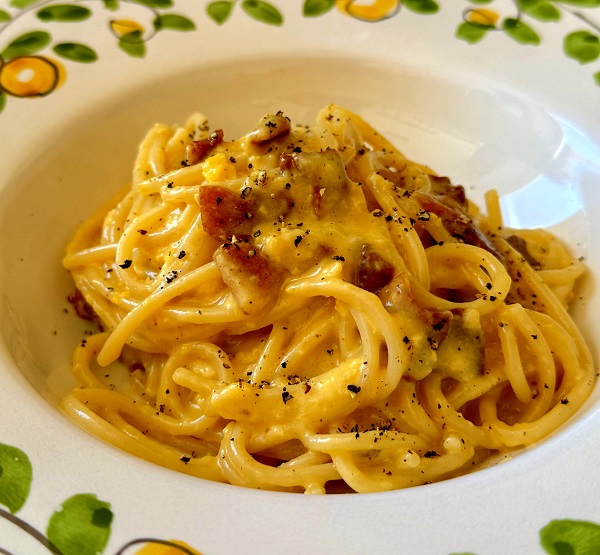


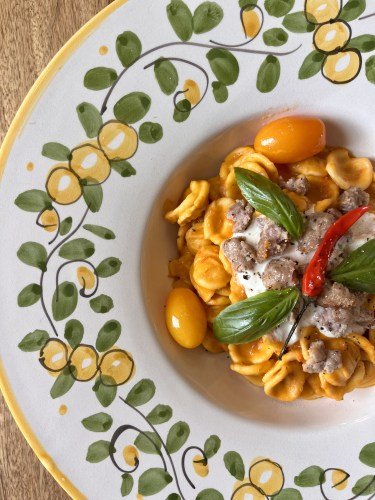
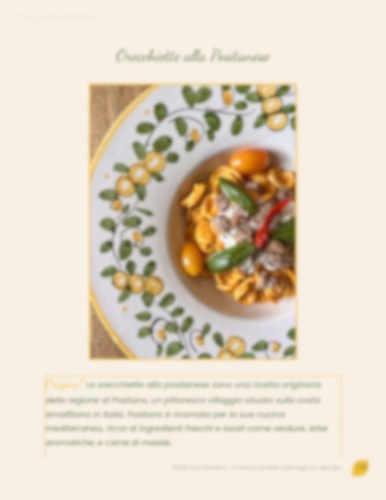


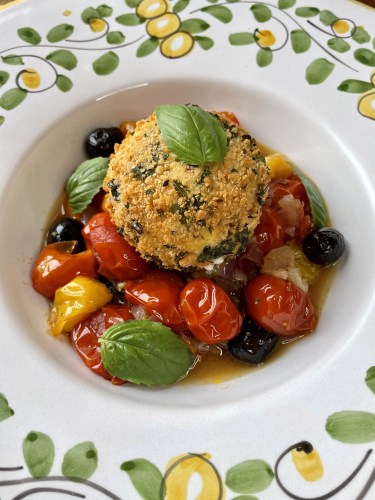

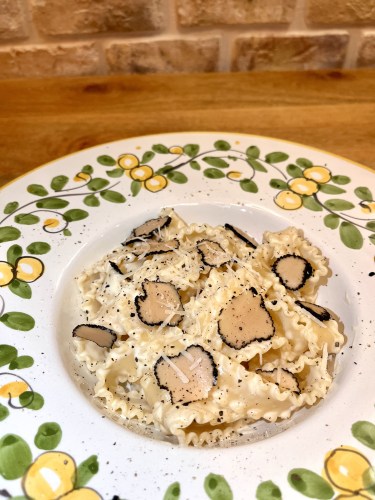







And you, what do you think?